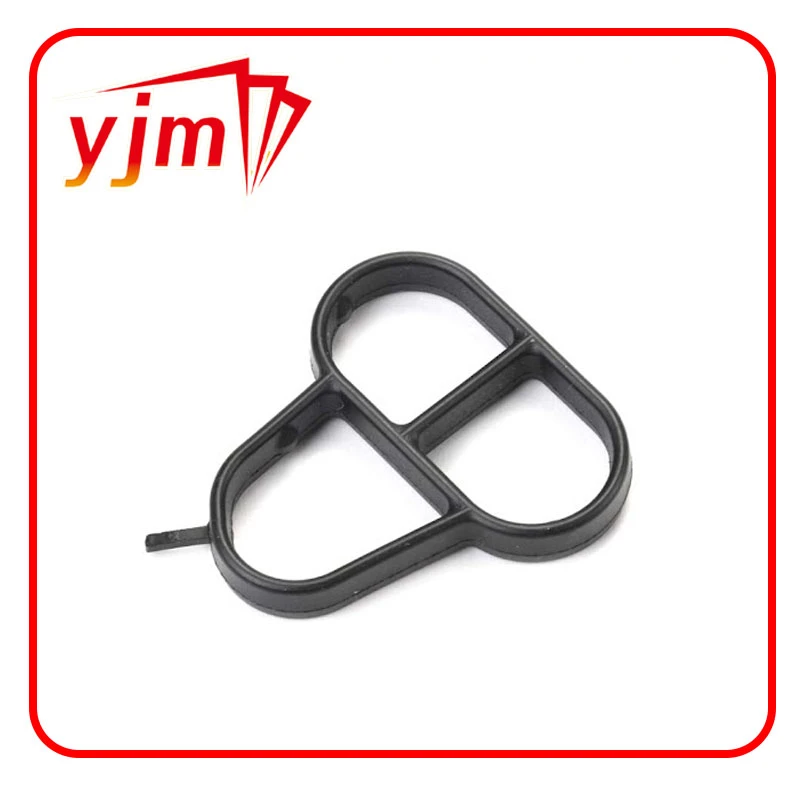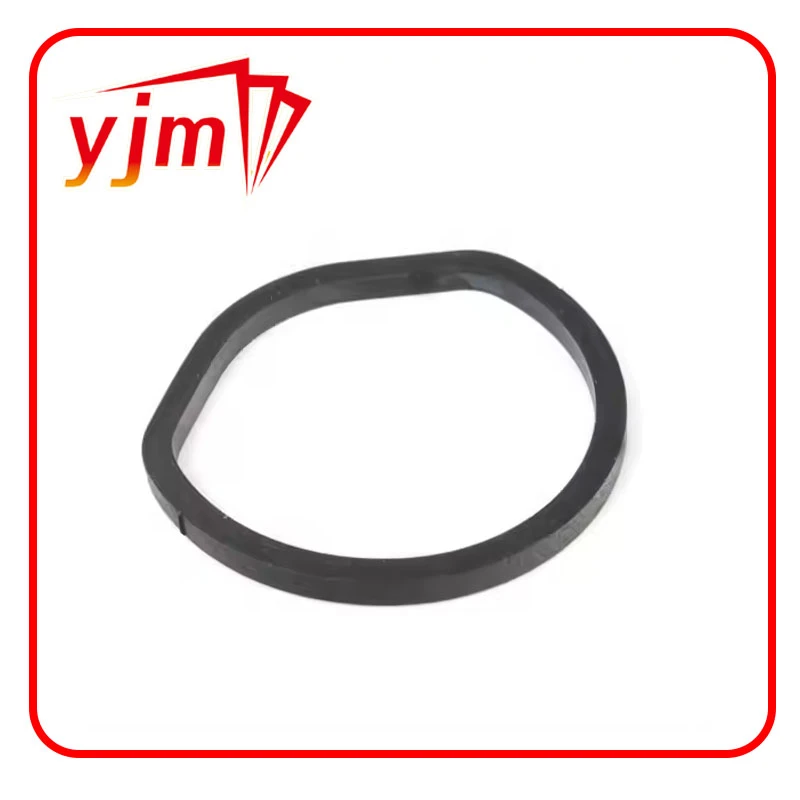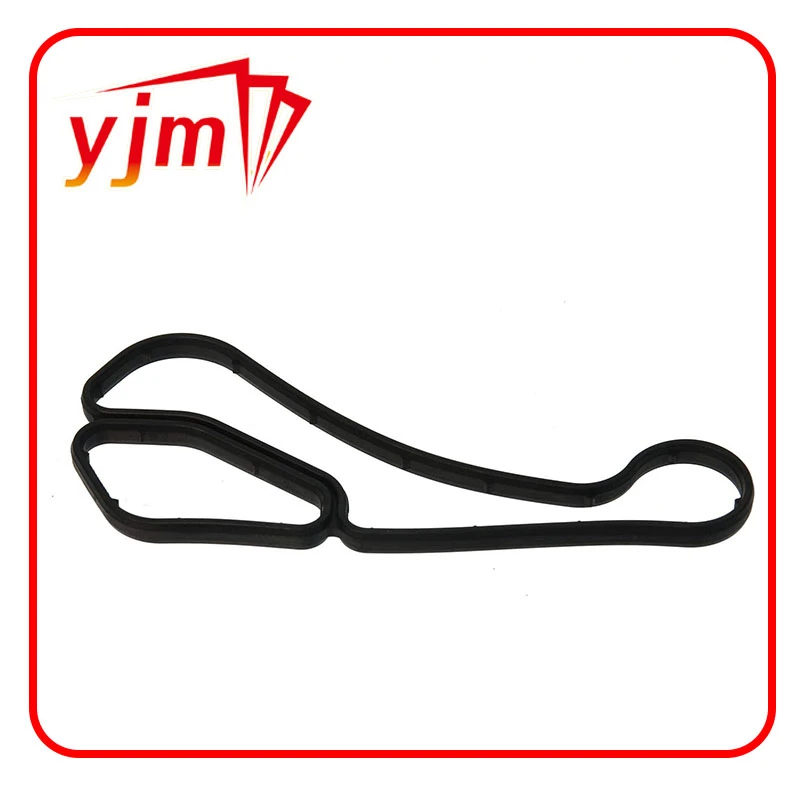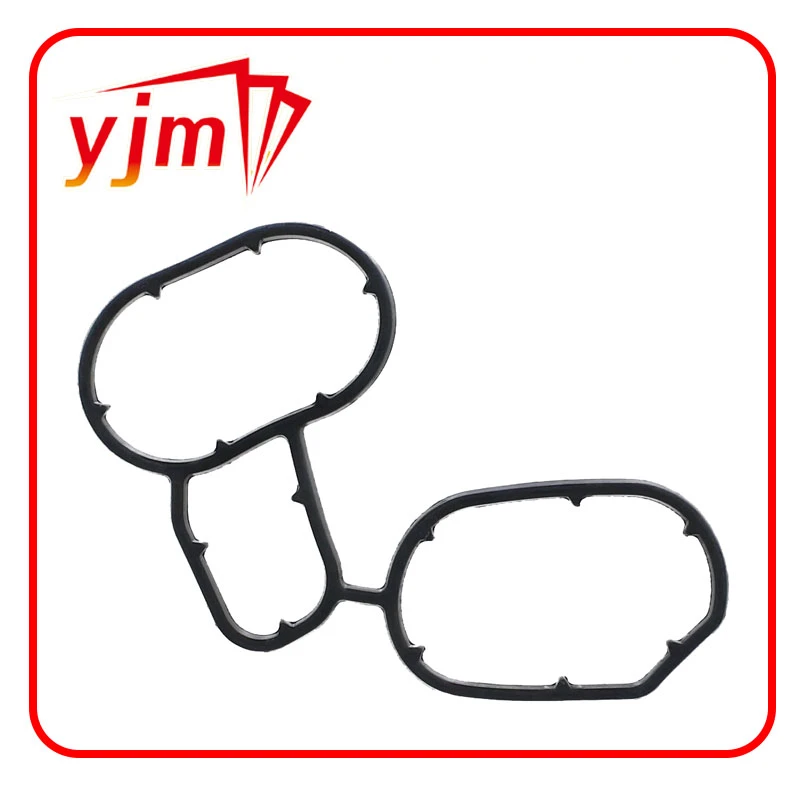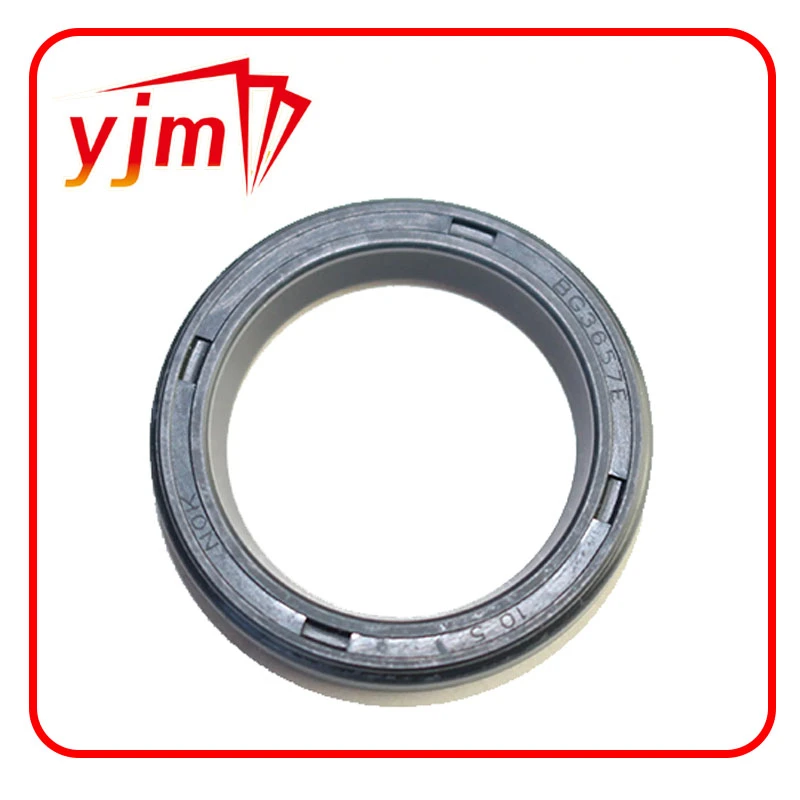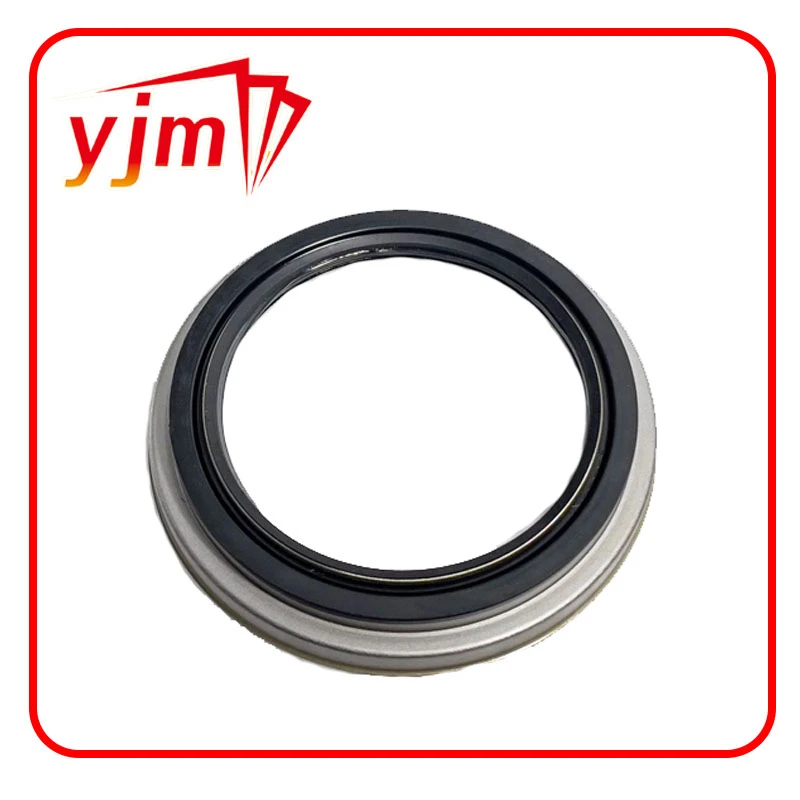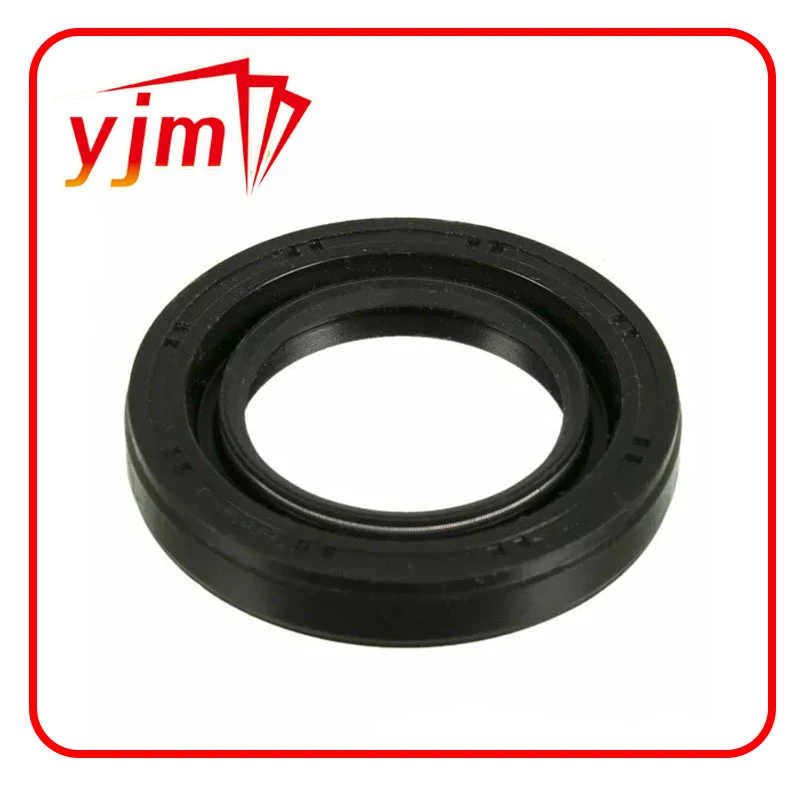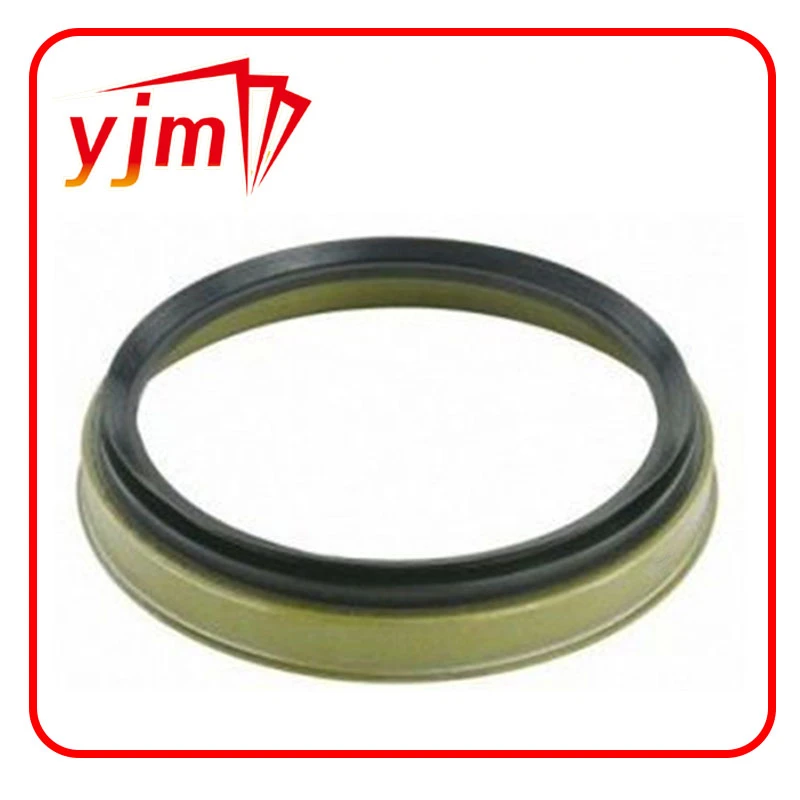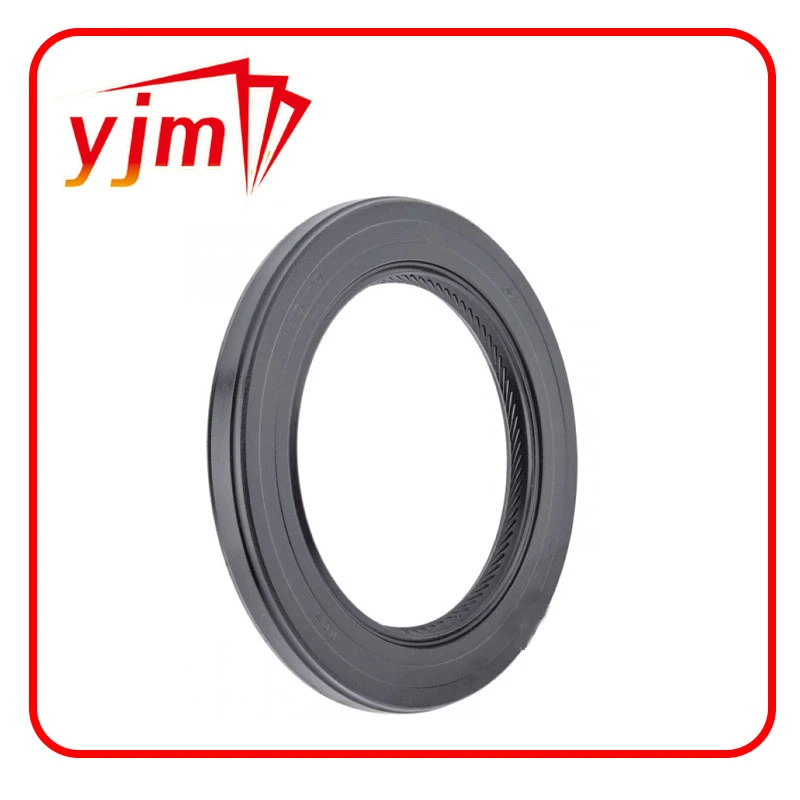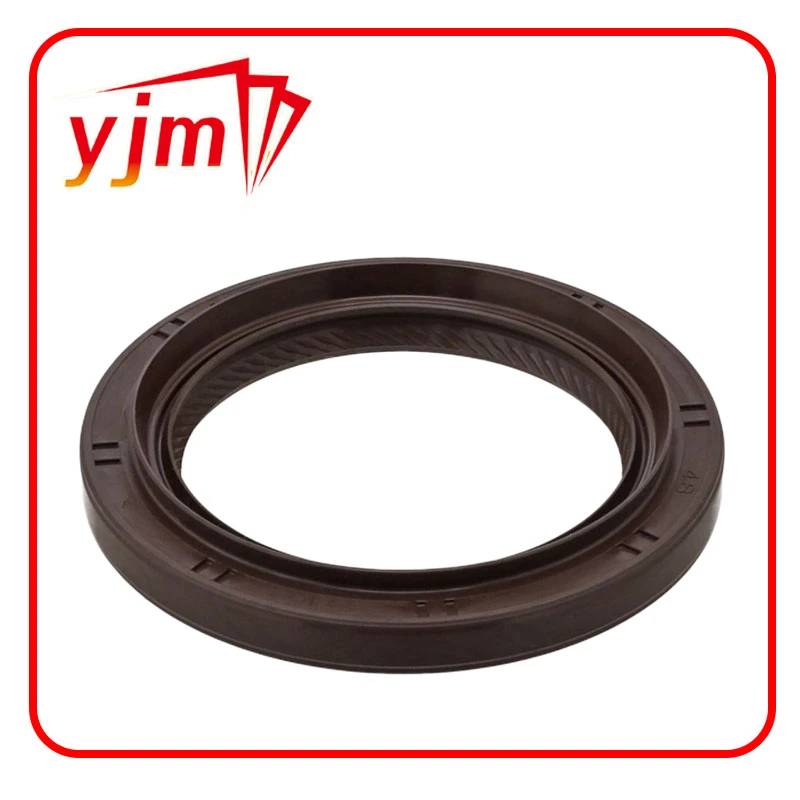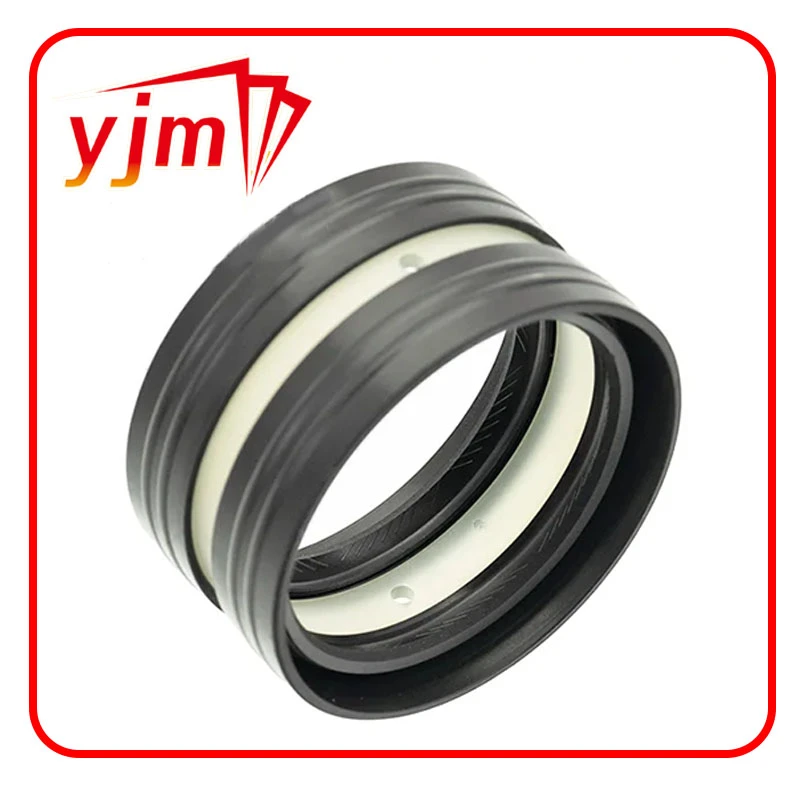Understanding Engine Front Seals and Their Importance in Vehicle Maintenance
Understanding Engine Front Seals Function, Importance, and Maintenance
The engine front seal, often referred to as the harmonic balancer seal or crankshaft front seal, is a crucial component of any internal combustion engine. While it may not be as well-known as other engine parts, its role in maintaining engine integrity and performance cannot be overstated. This article aims to explore what an engine front seal is, its functions, significance, common issues, and maintenance tips.
What is an Engine Front Seal?
The engine front seal is a rubber or synthetic component that sits at the front of the engine, sealing the area where the crankshaft exits the engine block. It prevents engine oil from leaking out while ensuring that dust and debris do not enter the engine. The location of the front seal is typically around the crankshaft pulley, a part that is connected to various accessories, including the alternator and power steering pump.
Functions of the Front Seal
1. Oil Retention The primary function of the engine front seal is to retain engine oil. This oil is crucial for lubricating various engine components, and any loss can lead to severe engine damage due to insufficient lubrication.
2. Dust and Dirt Exclusion The seal provides a barrier against environmental contaminants like dirt and dust, which can enter the engine and cause wear or damage over time. Keeping these particles out is essential for the longevity and performance of the engine.
3. Pressure Maintenance The front seal helps maintain oil pressure within the engine. Proper oil pressure is vital for ensuring optimal performance and efficiency.
Importance of Engine Front Seals
The importance of the engine front seal cannot be understated. A failing front seal can lead to significant oil leaks, which can not only diminish engine performance but also create safety hazards, such as oil spills on roadways. Additionally, low oil levels may result in engine knocking, overheating, or complete engine failure, leading to costly repairs.
A well-functioning front seal contributes to the engine’s overall efficiency by ensuring that lubrication systems operate correctly. For drivers, this means better fuel efficiency, enhanced performance, and a reduced likelihood of unexpected breakdowns.
engine front seal
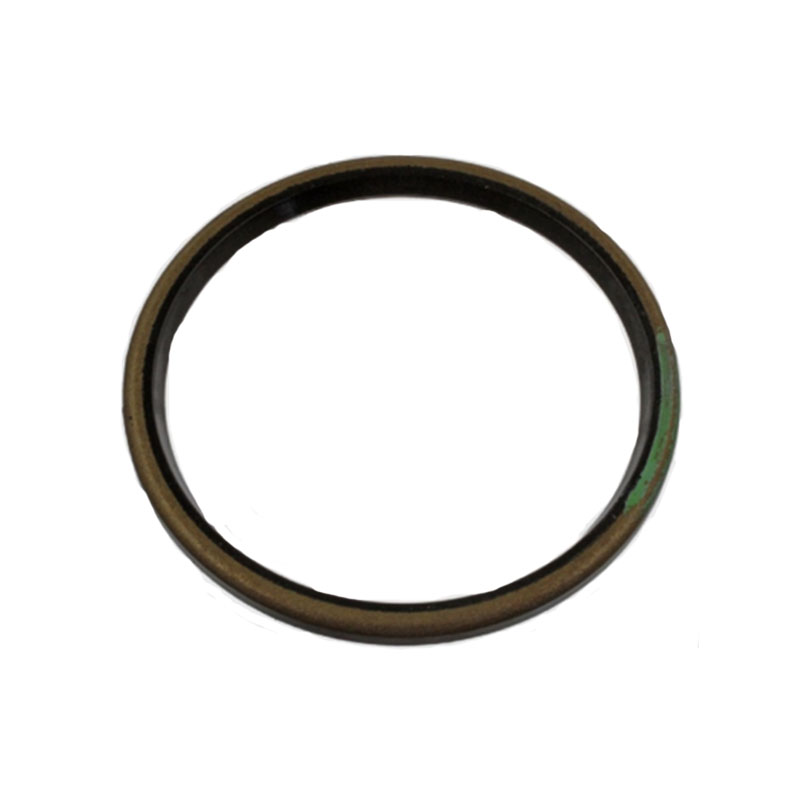
Common Issues with Engine Front Seals
1. Wear and Tear Over time, the rubber or synthetic materials of the seal can degrade due to heat, oil exposure, and environmental factors. This can lead to cracks or brittleness, eventually causing leaks.
2. Installation Issues If a front seal is not correctly installed or aligned, it can lead to premature failure. Proper torque specifications and the right sealing techniques are essential during installation.
3. Overpressure Excessive engine pressure, often caused by a malfunctioning PCV (Positive Crankcase Ventilation) system, can also lead to front seal failure.
Maintenance Tips
1. Regular Inspections Regularly checking for oil leaks around the front of the engine can help catch issues early. Look for fresh oil spots or residue around the crankshaft area.
2. Change Oil Regularly Maintaining optimal oil levels and changing the oil according to your vehicle’s recommendations can help minimize wear on the front seal.
3. PCV System Check Ensure that your vehicle’s PCV system is functioning correctly to avoid excess pressure in the crankcase.
4. Professional Assistance If you suspect there’s an issue with the front seal, it’s wise to consult with a professional mechanic. Early intervention can save you from more severe engine problems down the line.
In conclusion, the engine front seal plays a vital role in maintaining a vehicle's performance and longevity. Recognizing its importance and understanding how to care for it can result in a smoother, more reliable driving experience.
-
Understanding the Importance of the Crankshaft Oil Seal in Engine Performance
News Jun.16,2025
-
The Unsung Heroes of Engine Protection: Understanding Automotive Shaft Seals and Oil Seals
News Jun.16,2025
-
Keeping the Engine Tight: The Role of Crankshaft Seals and Gaskets in Oil Control
News Jun.16,2025
-
Complete Protection in Harsh Conditions: A Deep Dive into Cassette Seals
News Jun.16,2025
-
Choosing the Right Oil Seal: A Guide to Trusted Brands and Suppliers
News Jun.16,2025
-
Advanced Sealing Technologies: Exploring the Range of Modern Oil Seals
News Jun.16,2025
-
Your Essential Guide to Car Repair Kits: From Rust to Dings
News Jun.13,2025
Products categories

